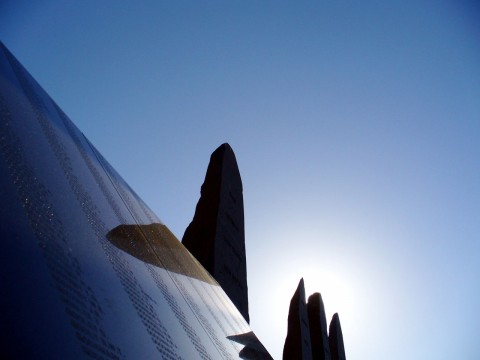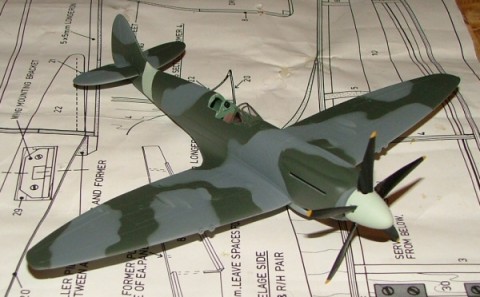Unthinking the thinkable
WE ARE ALWAYS pleased to learn of a new post on Professor Palmer’s most interesting blog, the Avia-Corner. It is the first place one would turn in order to learn about the often murky world of Soviet aviation. However, his latest rant — there is unfortunately no other word for it — caught us by […]




